Check Engine Light Is On, But Scanning Shows No Codes? (What It Means)
Your check engine light (CEL) just came on, but when use your scan tool to check for stored codes, nothing shows up. Frustrating, right?
While not exactly common, this scenario leaves many DIY mechanics scratching their heads. Here’s how to proceed when no fault code is recovered, despite an illuminated check engine light being present.
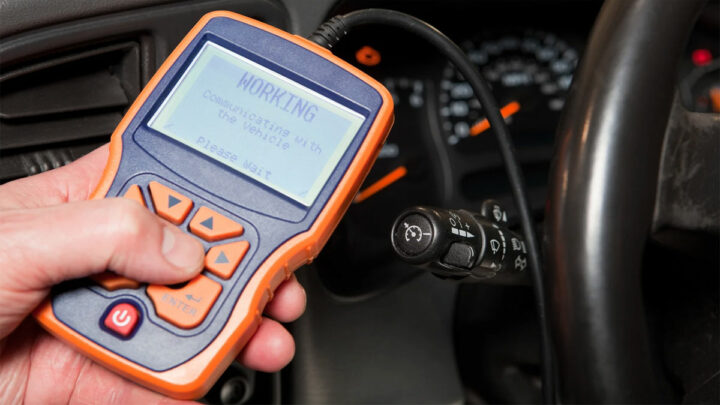
Related: What To Do When the Check Engine Light Comes On
How a Check Engine Light Is Normally Triggered
A check engine light is normally triggered whenever a vehicle’s ECM/PCM detects feedback from one or more sensors that are out of range.
Preset ranges for each respective value monitored on an ongoing basis are programmed into a vehicle’s intelligent control modules from the factory. Any values recorded outside of this threshold serve as outliers, and a fault pertaining to this out-of-range criteria is logged.
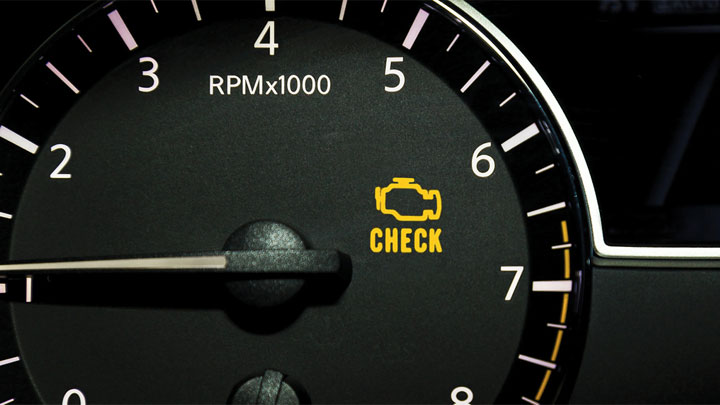
A check engine light, in essence, simply serves as a notification that a diagnostic fault code has been actively logged. This fault code can be retrieved with an OBD-II scan tool and can be used to guide a technician or DIY mechanic in the right direction when attempting to diagnose and remedy the issue at hand.
A check engine light can be set in two individual ways:
- The first of which occurs when a vehicle is first started, and self-diagnostic tests are initially run. A failure of any of these self-diagnostic tests will generally result in the logging of an active fault.
- Fault codes can also be logged at any point whenever a vehicle is running. This occurs whenever out-of-range feedback is recorded from one of a vehicle’s various sensors.
Possible Causes of CEL Illumination Without Codes
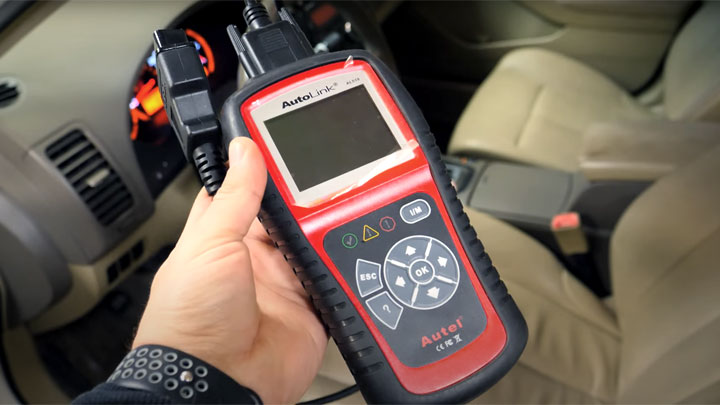
There are several potential reasons that a vehicle’s check engine light might be illuminated, in the absence of logged faults. Being familiar with these possibilities can prove handy when attempting to decipher how best to proceed.
#1 – Poor OBD-II Port Connection
If your vehicle’s check engine light is illuminated, yet no codes are present, it is possible that you are experiencing connectivity issues at your vehicle’s OBD-II port. A quick check of wiring harness pin tightness is suggested.
#2 – Blown OBD-II Fuse
It is also possible that the fuse supplying power to your vehicle’s OBD-II port/communication network is blown. However, in most cases, a vehicle will not start and run under these circumstances, as most manufacturers supply ignition and fuel system power feed from this same circuit.
#3 – Malfunctioning Scan Tool
Like any electronic device, a scan tool can malfunction. When this occurs, it is entirely possible that it will prove incapable of retrieving the offending codes that set your vehicle’s check engine light in the first place.
#4 – Improperly Programmed Scan Tool
Another possible reason that you are unable to view the fault code that has triggered your vehicle’s check engine light, is that the scan tool being used does not possess the software capabilities to retrieve the offending fault.
This is often the case when attempting to read manufacturer-specific faults with a cheap, generic scan tool.
#5 – Failed ECM/PCM
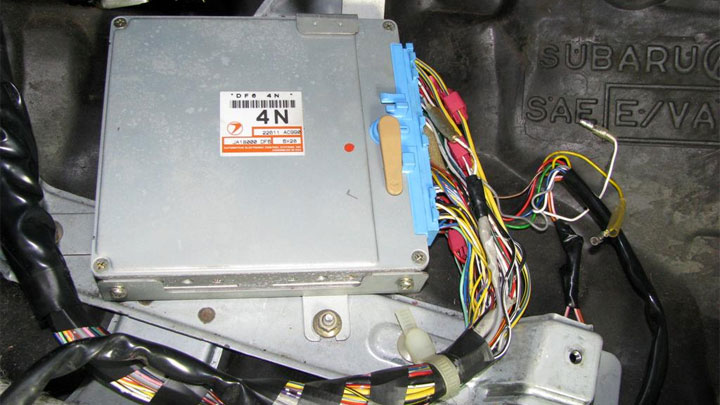
Though rare, it is possible for a vehicle’s engine control module to fail on one or more channels, thereby posing a communication failure. An issue of this type should be carefully diagnosed as most types of vehicle control modules are costly replacements and that doesn’t even include reprogramming costs.
DIY Diagnostics
When attempting to diagnose the issue of being unable to view seemingly unretrievable fault codes, the first obvious step is to purchase or borrow a different scan tool. As mentioned above, it is very possible that the make or quality of the scan tool being used is the direct source of your hardship.
Your next recourse when attempting to perform a DIY repair of this nature would be to utilize a digital multimeter and vehicle-specific wiring diagram to verify that all anticipated OBD-II port feeds are present. This testing can quickly tell you whether a connectivity issue at this port is to blame, or if module failure is to be suspected.
Read Also: How to Correctly RESET a Check Engine Light
Advanced Diagnostics
If you feel as if your vehicle’s ECM/PCM Is possibly to blame for the inability to read and view any offending fault codes, it’s best to call in a professional. Modules of this type are very expensive to replace, and often require programming upon installation, adding additional financial burden. Therefore, a misdiagnosis must be avoided at all costs.
A professional technician will perform “pin-out” tests for an ECM/PCM’s individual communication circuits, in accordance with manufacturer recommendations. Dealership technicians also typically possess brand-specific scan tools, capable of viewing even the most obscure of non-generic faults.
Can You Continue Driving Until the Issue Is Resolved?
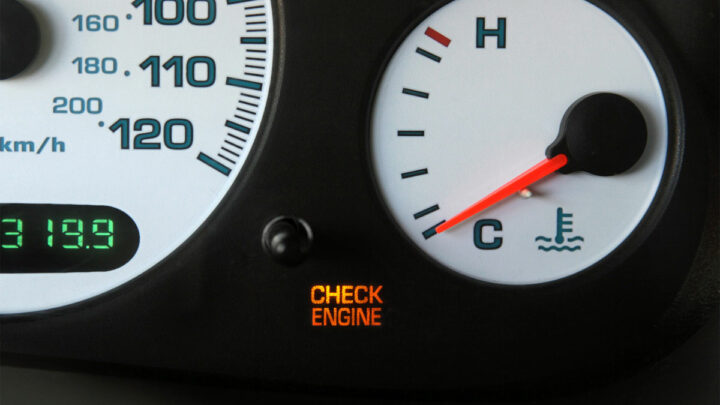
Whenever a check engine light is illuminated, yet no active fault code can be retrieved, one should be rather mindful of the potential consequences associated with attempting to drive their vehicle.
Since no code is present, there is little information to glean, concerning what exactly is malfunctioning. Additionally, if a problem does exist within the ECM/PCM, further implications can be rather unpredictable.
When considering whether or not to drive under these circumstances, it would perhaps be best to consider if any other symptoms are present.
If the vehicle itself seems questionable in terms of driveability, or the engine seems to otherwise be idling or performing in an erratic manner, parking the affected vehicle is likely the best bet, until a solution can be found.
This is especially true if the check engine light is flashing, which is typically indicative of slightly bigger issues.
- What Happens if You Put Gasoline in a Diesel Engine? - Jul 2, 2024
- Check Engine Light Is On, But Scanning Shows No Codes? (What It Means) - Jun 28, 2024
- 4 Causes of Smoke Coming Out of Your Car Vents - Jun 20, 2024
